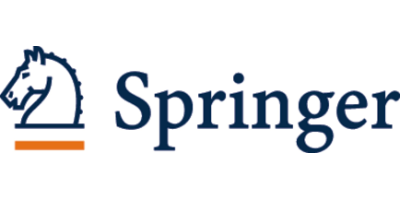

Springer-Verlag GmbH
- Home
- Companies
- Springer-Verlag GmbH
- Books
- Cell Motility

Cell Motility
Sep. 26, 2025- By: Peter Lenz
Courtesy ofSpringer-Verlag GmbH
Cell motility is a fascinating example of cell behavior which is fundamentally important to a number of biological and pathological processes. It is based on a complex self-organized mechano-chemical machine consisting of cytoskeletal filaments and molecular motors. This network is highly dynamic, but able to show precise spatial and temporal organization. The machine is regulated by a complex network of biochemical reactions coupled to force and movement generating processes.
In general, the cytoskeleton is responsible for the movement of the entire cell and for movements within the cell. There are two ways by which cells can move: swimming (i.e. movement through liquid water) and crawling (i.e. movement across a rigid surface). Swimming cells experience viscous forces that are orders of magnitude greater than inertial forces. Therefore, swimming cells undergo an non-symmetric (i.e. non-reciprocal) sequence of shape changes. While for many bacterial cells motion is caused by the rotation of flagella, most swimming eukaryotic cells use the beating of hairlike extensions (such as cilia) to propel themselves through the liquid.
The movement of cells across rigid surfaces is even more complex. Here, one has to distinguish between crawling and gliding. In crawling motility, a cell (attached to a rigid substrate) extends forward a projection at its leading edge that then attaches to the substrate. There are 3 types of projections (filopodia, lamellipodia and pseudopodia) which are all filled with assemblies of cytoskeletal actin filaments. After protrusion and attachment, the crawling cell then contracts to move the cell body forward, and movement continues as a tread-milling cycle of front protrusion and rear retraction. Gliding cells slide across a rigid substrate by various mechanisms. The most important examples include jet propulsion, twitching, and dynamic organization of the pellicle (i.e. the skin of the cell).
Of biological importance are not...
Most popular related searches
Price: 117.95 EUR; 159.00 USD; 106.00 GBP
ISSN: 978-0-387-73049-3
